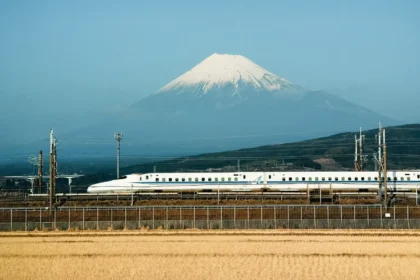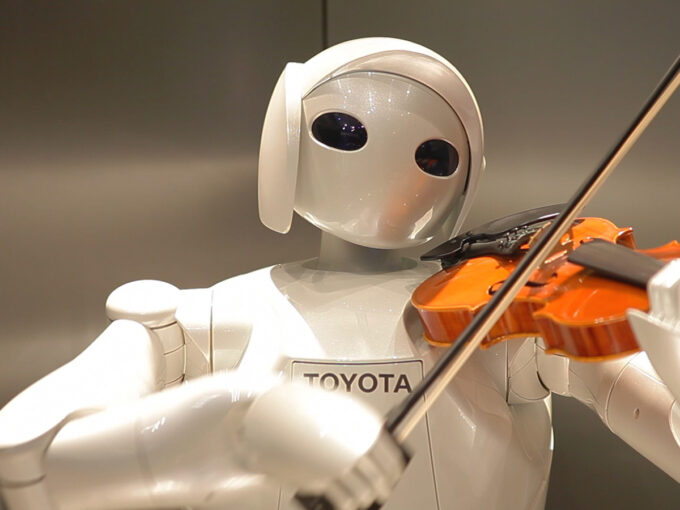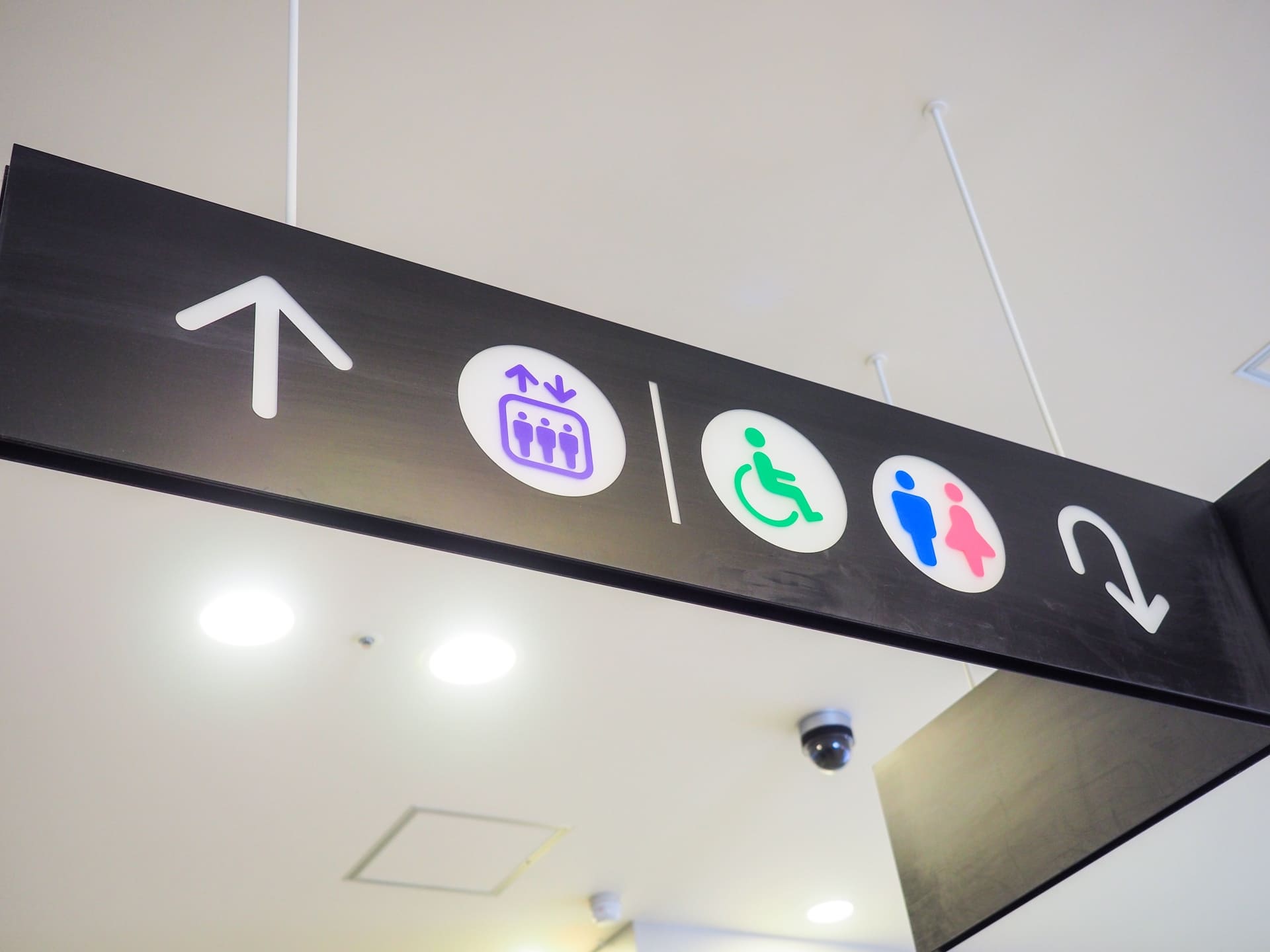
Japan offers a wealth of experiences for every traveler. However, for those with visual impairments or limited mobility, navigating this beautiful country can pose unique challenges. Thankfully, Japan has made strides in accessibility, making it possible for everyone to immerse themselves in its rich culture.
On this page, we'll answer the following questions:
How can travelers with visual impairments or limited mobility navigate Japan?
What are the best accessible transportation options in Japan?
Are there wheelchair-friendly attractions in Japan?
What resources are available for travelers with disabilities in Japan?
For additional essential travel information, see our ‘Plan Your Visit’ main page.
Understanding Japan's Infrastructure
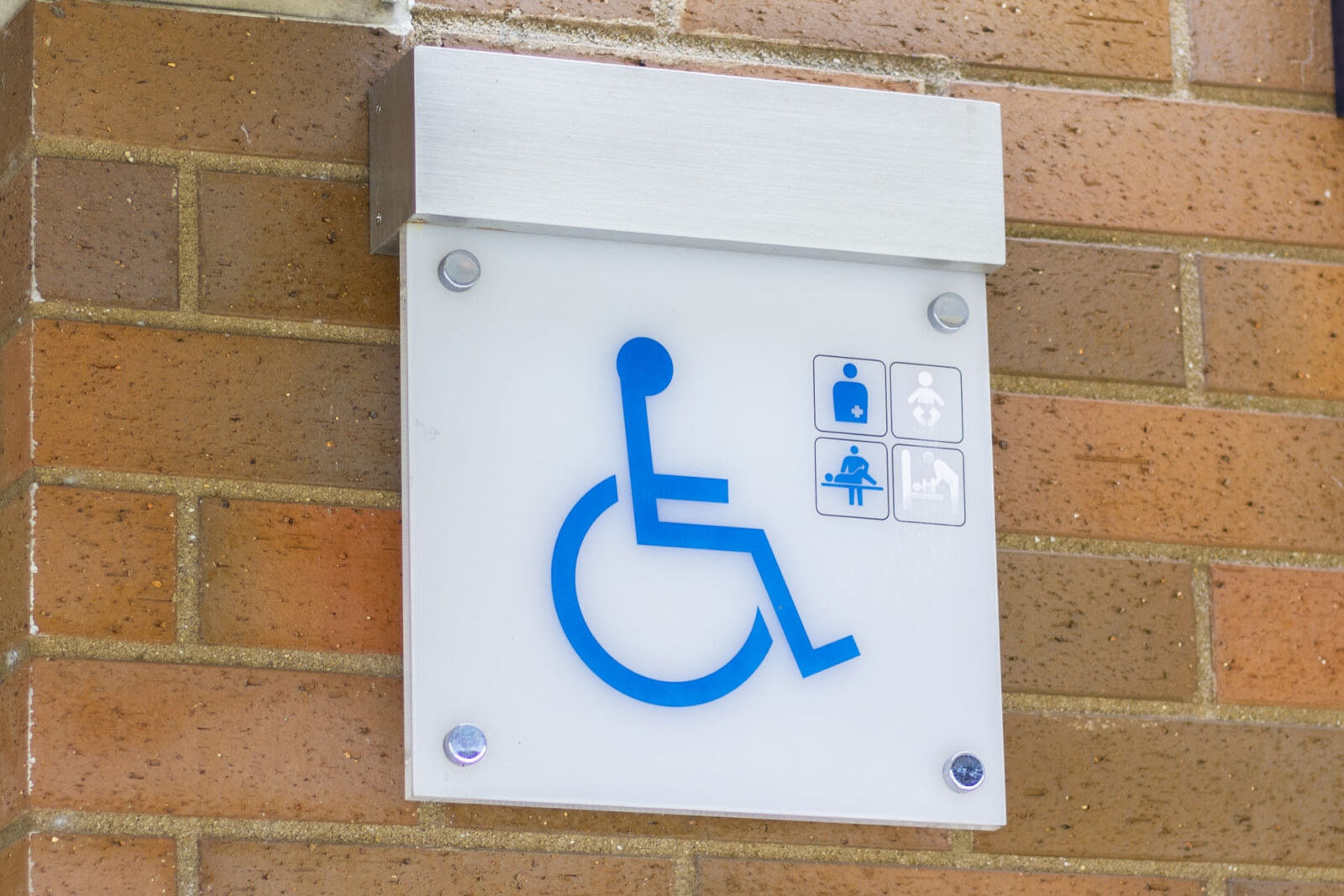
There is an ongoing push to improve accessibility throughout Japaneses society, however, Japan does not match other developed countries in terms of providing barrier-free facilities and services.
Japanese streets tend to be narrow and sometimes lack sidewalks or footpaths. Buildings including restaurants and traditional guesthouses are also often small, and in the case of older buildings, are unlikely to have an elevator. Additionally, many buildings and locations with stairs lack wheelchair ramps. However, public toilets often include a multipurpose toilet designed for wheelchair access.
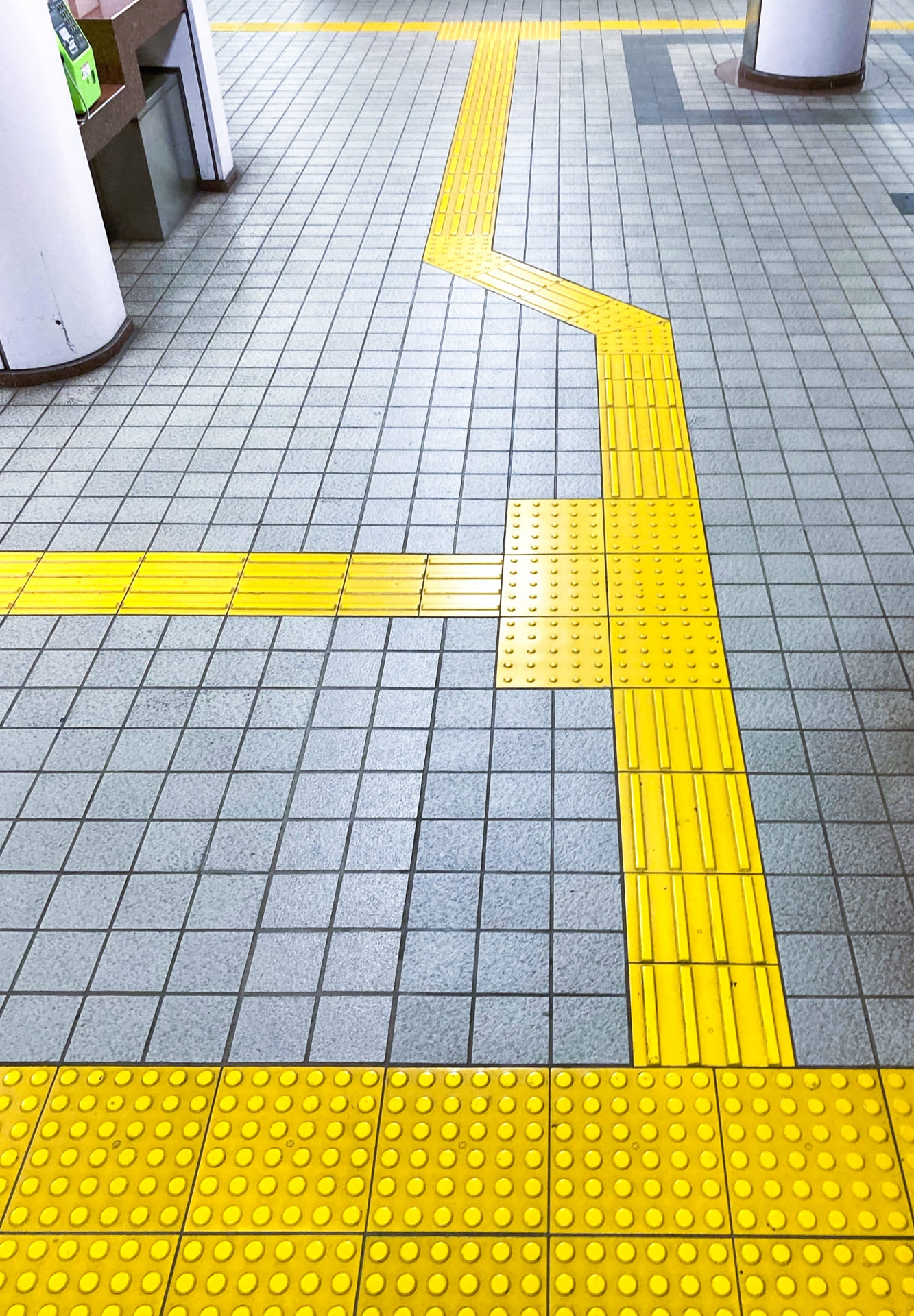
While travel in Japan may pose struggles for travelers with limited mobility, the country is well-appointed for access to those with visual impairments. Public spaces and buildings consistently include features designed to assist people move around easily - most commonly, the yellow tactile paving.
This textured flooring is found in public spaces including train stations and on the streets. The simple system uses two basic patterns – straight bars to indicate the direction of the path and round bumps indicating an intersection of paths or place to stop – which are followed by using a cane. Japanese people are mindful of people using the system and allow them space, even on busy streets and in train stations.
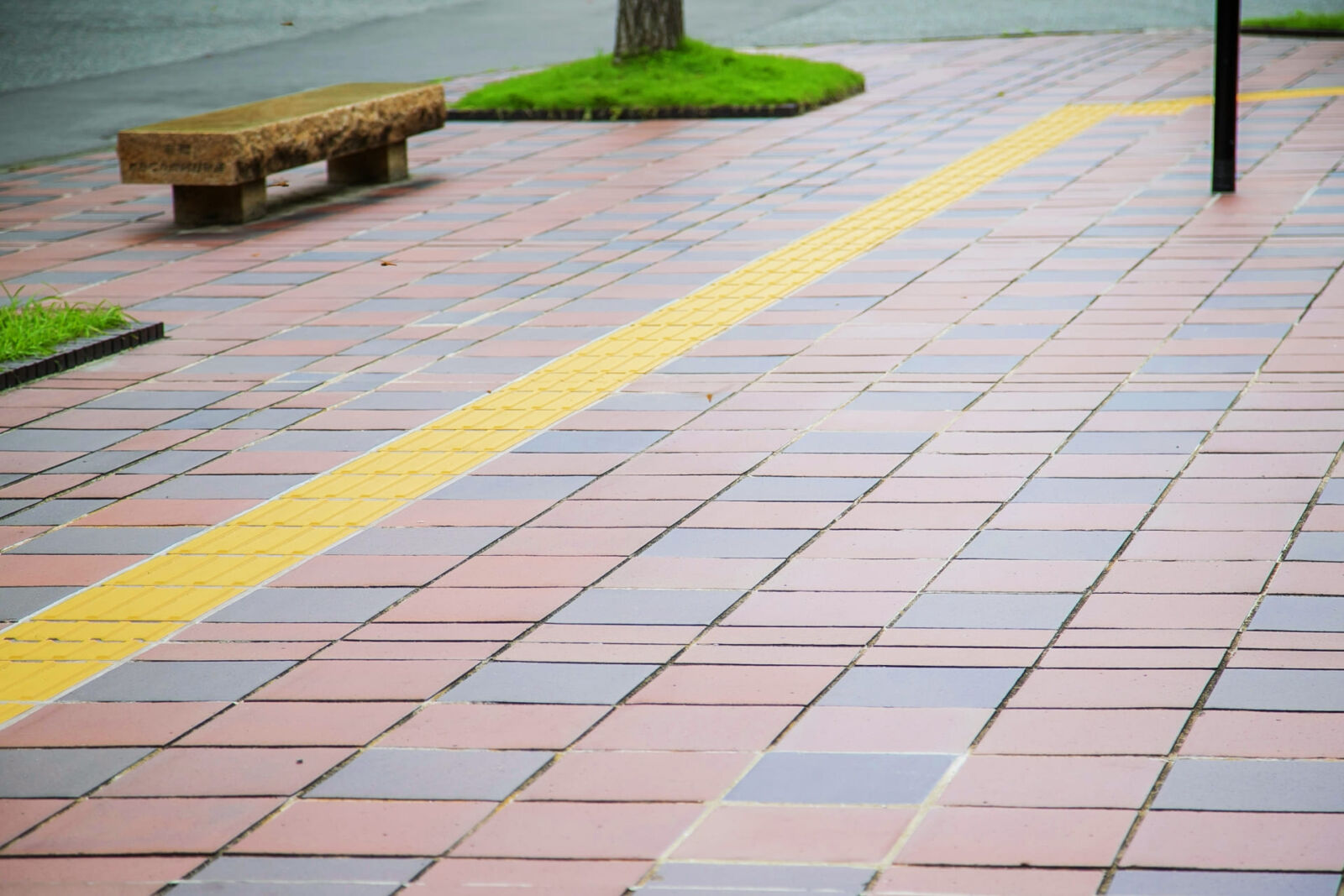
Repeating sounds are often used at traffic lights and intersections, to aid people with vision impairments. Japan extends its use of sound to many facilities and public areas to aid in this manner. Additionally, braille is in common use, however it is based on the Japanese syllabary and therefore of limited use to most international visitors.
Public Transport
There has been a huge push to improve accessibility across Japan, especially when it comes to public transport. All major train stations will have elevators and some also equipped with stair-lifts. Most train services will have at least one carriage – typically the first or last carriage – with dedicated space for wheelchairs. Station staff will usually guide you to the carriage to help you board. They will also ask which station you are disembarking and arrange for someone to assist you at your destination. Shinkansen/Bullet Trains are also equipped with wheelchair spaces however best to book in advance to ensure it is available.
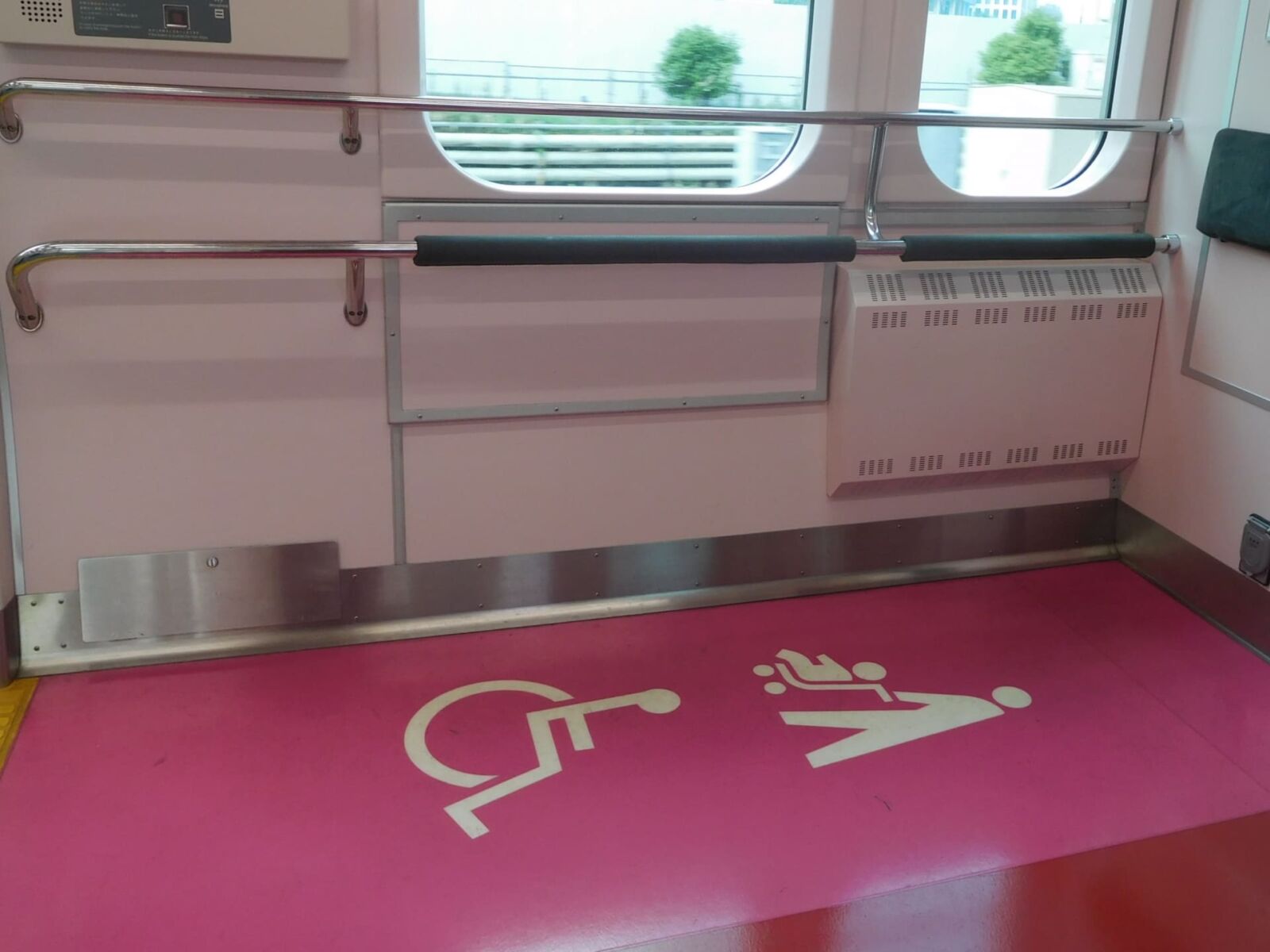
Buses are increasingly equipped to allow wheelchair access. Many lower to the ground as they open their doors and are also now equipped with wheelchair ramps.
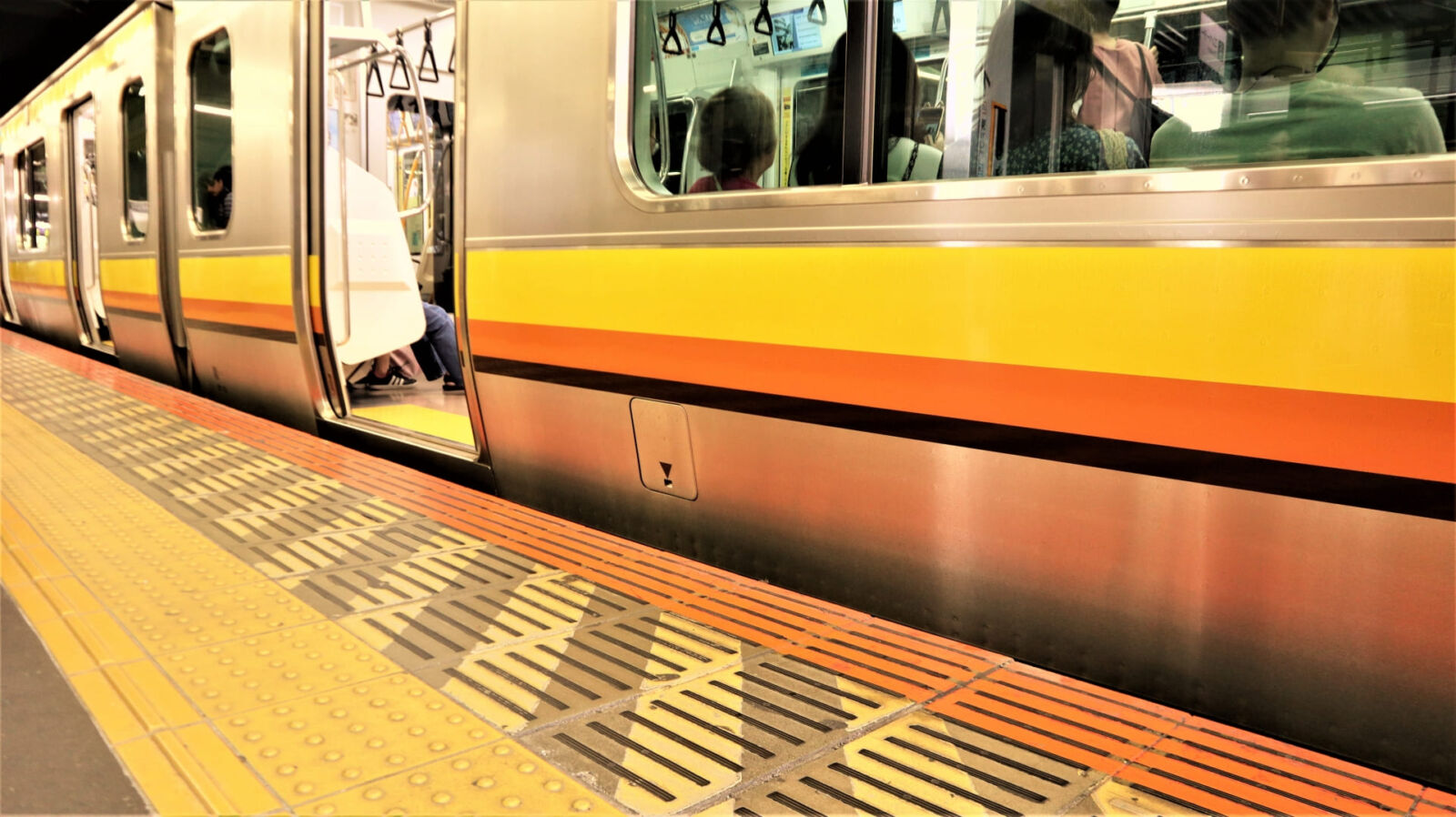
Similarly, trains and buses have dedicated seating for vision-impaired travelers. While other passengers can sit in them, they should be made available for you once onboard. Seating on many services including Shinkansen/Bullet Trains will also have braille on the seat to assist passengers, while many buses lower to the ground to assist with boarding and disembarking. Drivers are also very considerate and will help when needed and allow passengers time to sit down before moving on.
Sightseeing Locations
Wheelchair access varies greatly across Japan’s countless places of interest. Some are well-appointed and easily accessible while others are sorely lacking. We highly recommend checking the specific destination your intend to travel to confirm its suitability.
While Japan’s use of yellow paving stones in public areas is of great assistance for those with limited visibility, the same system does not unfortunately extend into most attractions which can be challenging to navigate. Large-scale and popular attractions – especially those in large cities – are most likely to have been modified to assist vision-impaired travelers to move around however this does not extend to smaller attractions and especially those outside of major urban areas.
Accommodations
As mentioned above, the major challenge for wheelchair access in Japan is space. This is most pronounced in older areas and buildings, including traditional guesthouses, they are typically small and include staircases and narrow hallways. New hotels are required to be accessible by law, making them your best bet when seeking barrier-free accommodation.
Best Accessible Transportation Options in Japan
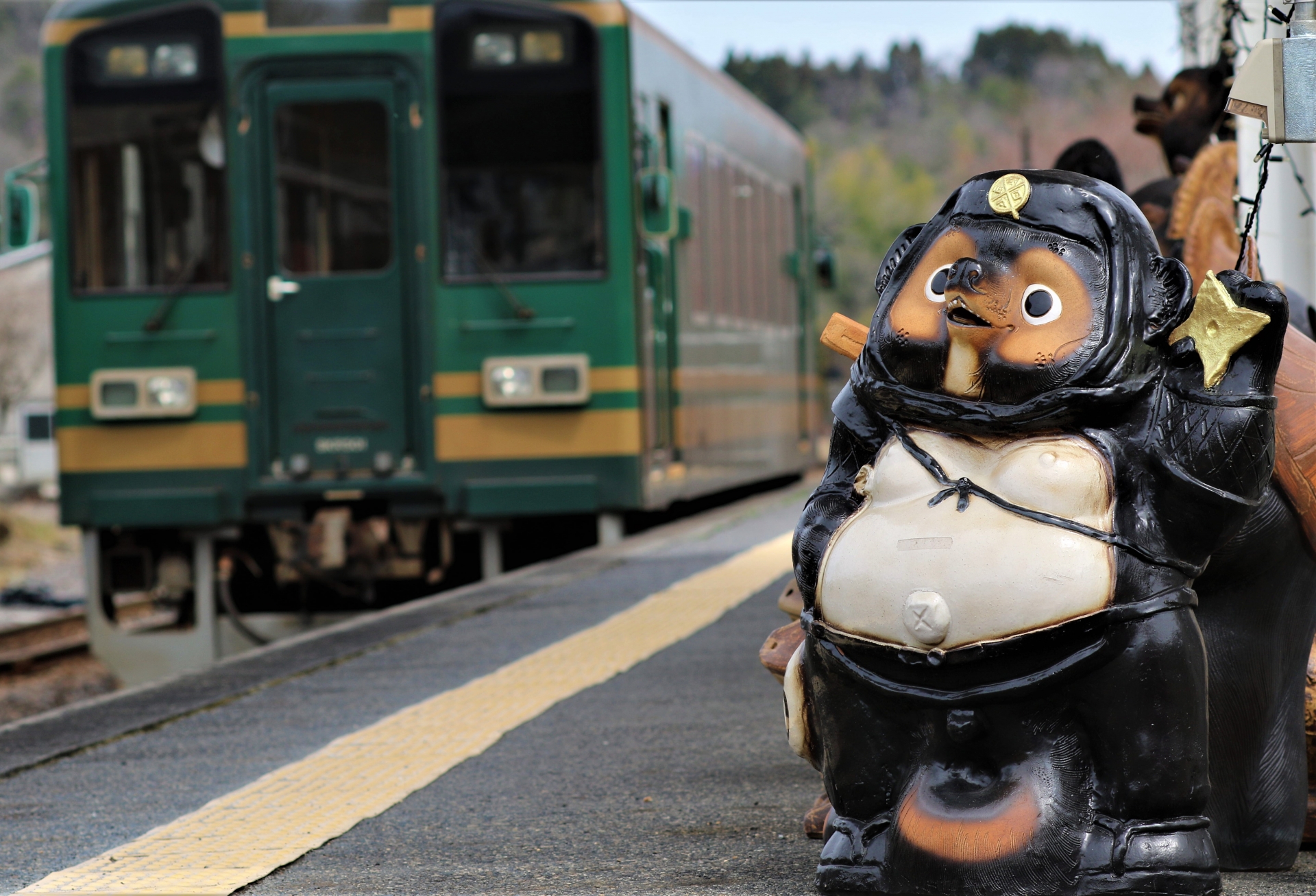
Japan’s public transport system is one of the most efficient in the world. The country's aging population means that it is relatively well-setup for mobility-impaired persons of all ages. While there is still room for improvement, mobility-impaired travelers will generally have access to public transportation throughout the country.
Trains: Major train lines, including the Shinkansen (bullet train), offer designated seating for travelers with disabilities. Many stations have staff available to assist with boarding and disembarking. It’s best to reserve your seat in advance and inform the staff of any special assistance you may require.
Buses: Most urban areas have accessible buses equipped with low floors, ramps, and designated seating. Again, look for information on specific routes to ensure they meet your needs.
Taxis: For door-to-door service, wheelchair-accessible taxis are available in many cities. Apps like JapanTaxi can help you book one, but be sure to specify your requirements when making the reservation.
Wheelchair-Friendly Attractions in Japan

Japan boasts numerous attractions that prioritize accessibility, allowing everyone to experience its rich heritage and breathtaking scenery.
Tokyo Disneyland and DisneySea (Chiba)
These world-renowned theme parks are celebrated not only for their enchanting attractions but also for their commitment to accessibility. Both parks feature wheelchair rentals, accessible rides, and services tailored for guests with disabilities. You can enjoy everything from thrilling rides to spectacular shows without worry.
Kinkaku-ji "Golden Pavilion" (Kyoto)
While many temples in Kyoto have uneven paths and stairs, Kinkaku-ji is a standout for accessibility. The main areas are wheelchair-friendly, allowing visitors to admire the stunning architecture and picturesque gardens. The serene atmosphere is perfect for those seeking a moment of reflection.
Toyota Commemorative Museum of Industry and Technology (Nagoya)
This expansive museum offers an immersive experience for all. Wheelchair users will find ramps and elevators throughout the building, along with exhibits designed to be engaging and accessible.
1-Day Tour: Nagoya’s Industrial Legacy and Toyota's Innovation
- Spots:
- Pick-up:
- Drop-off:
Hiroshima Peace Memorial Park (Hiroshima)
This poignant site is not only an essential part of Japan’s history but also designed with accessibility in mind. Wide paths and ramps allow for easy navigation, and the park’s layout encourages contemplation and remembrance.
Okinawa Churaumi Aquarium (Okinawa)
Renowned for its incredible marine life, this aquarium is fully accessible, featuring ramps and elevators throughout. Visitors can marvel at the enormous tanks filled with vibrant sea creatures while enjoying the stunning views of Okinawa’s coastline.
Resources for Travelers with Disabilities in Japan
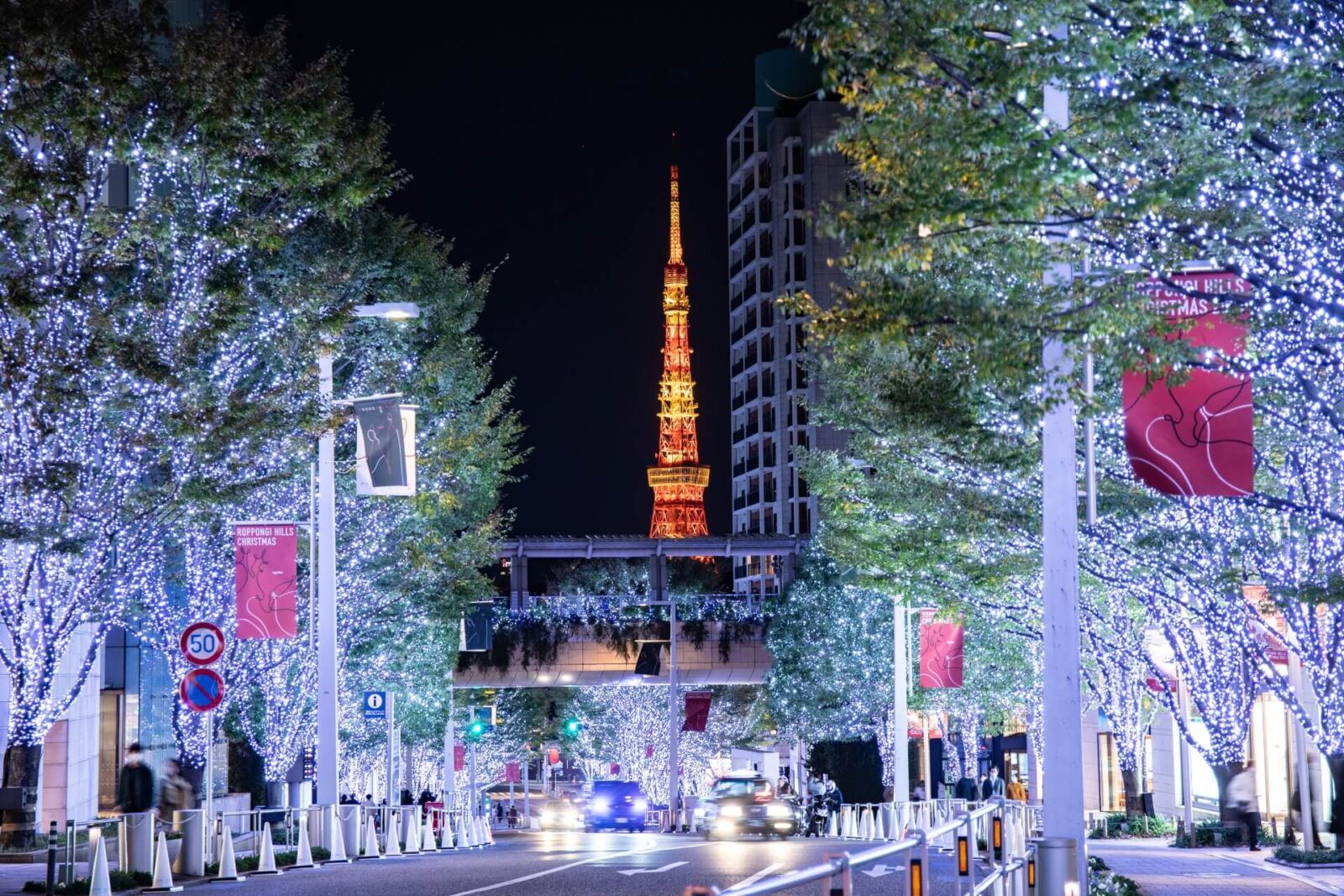
Traveling with a disability can sometimes feel daunting, but various resources are available to make your experience smoother.
Japan National Tourism Organization (JNTO)
JNTO’s website has a dedicated section for travelers with disabilities, providing information about accessible transportation, attractions, and services. This resource is invaluable for planning your itinerary.
Accessible Japan
This online platform offers a wealth of information about accessible travel in Japan, including detailed descriptions of attractions, transportation options, and personal stories from travelers with disabilities. Their “Access Guides” for specific areas are particularly helpful.
Local Tourist Information Centers
Once in Japan, don’t hesitate to visit local tourist information centers. Staff members are often trained to assist travelers with disabilities and can provide guidance on accessible routes and attractions.
By planning ahead and utilizing available resources, travelers with visual impairments or limited mobility can create memorable experiences while exploring this fascinating nation. However, if you are looking for additional assistance in planning your trip, please feel free to contact us and our staff with be happy to help you with accommodations, tours, charters, and more.














